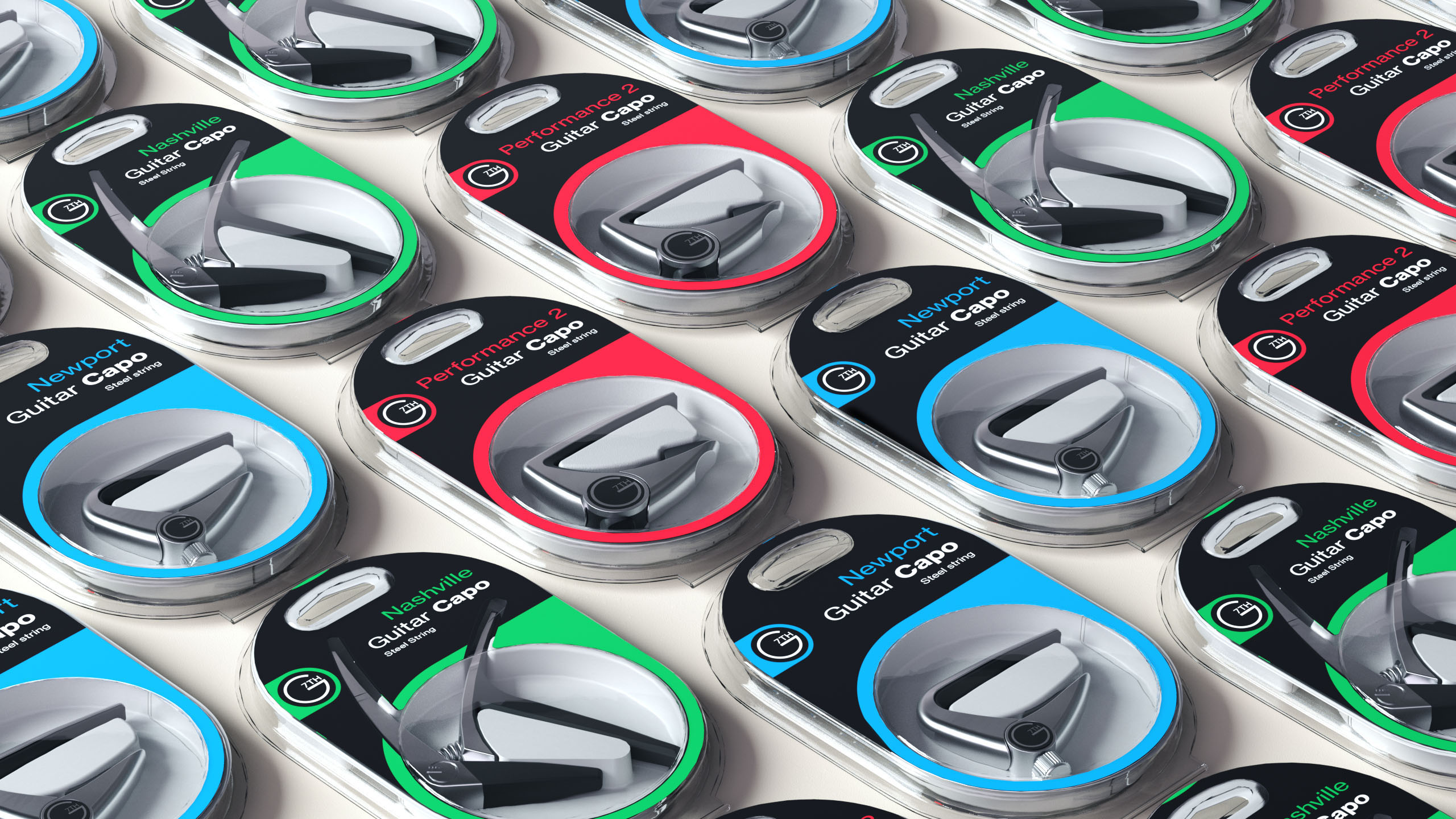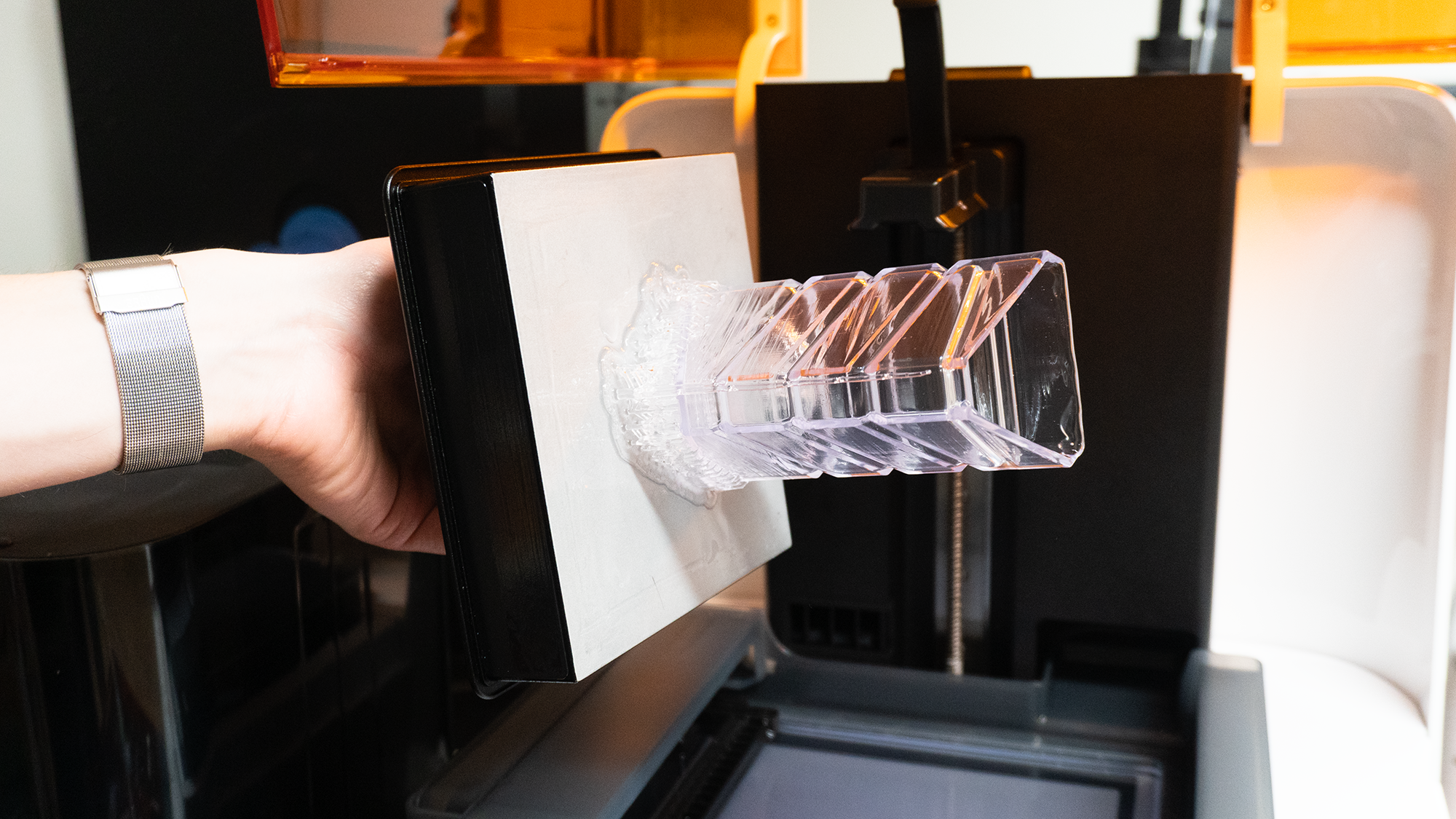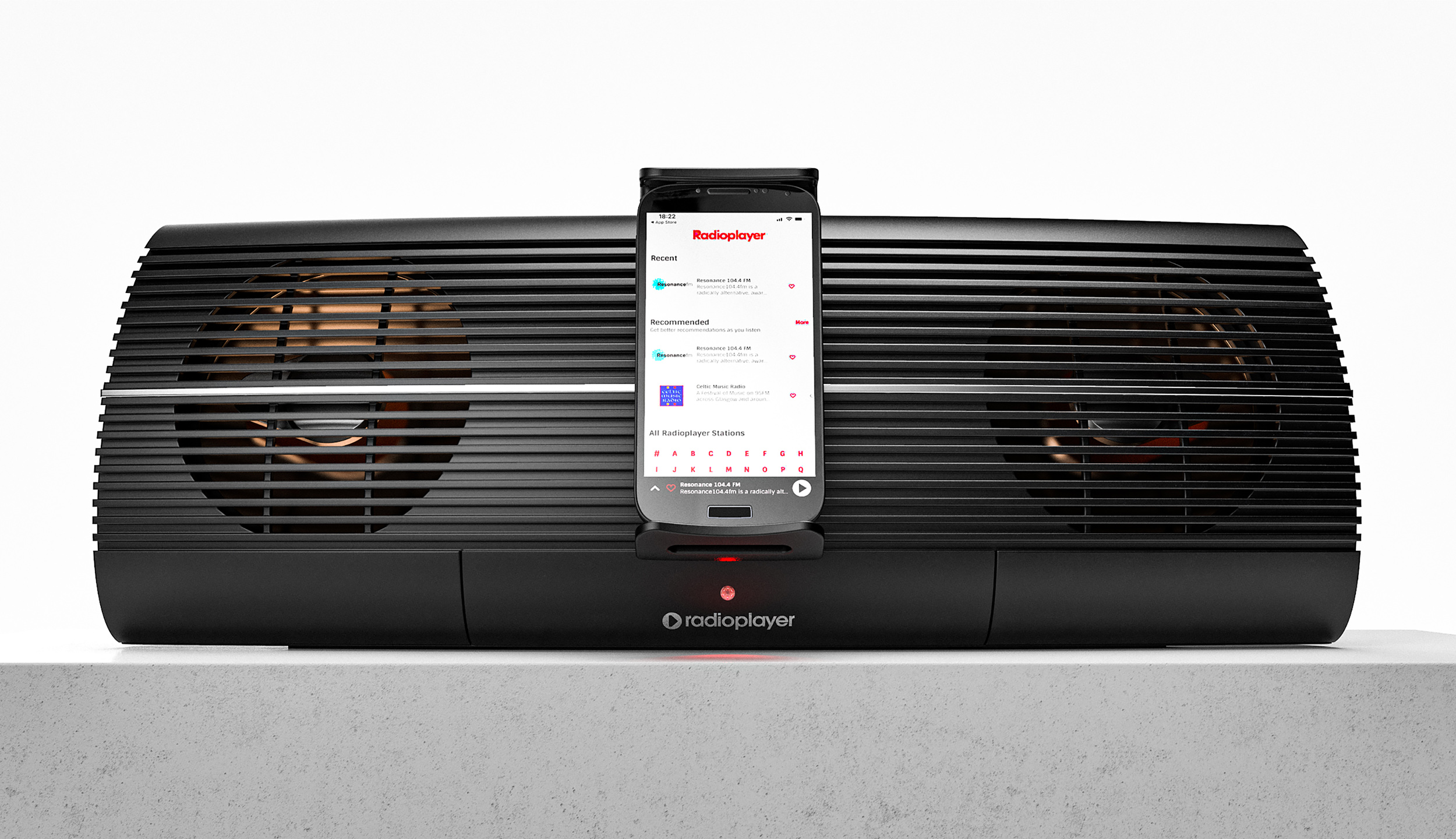Top 6 Product Development Benefits for Your Business

Curious about the product development benefits for your business and how it aligns with your business goals? This article delves into how effective product development can drive business growth, enhance competitiveness, meet customer expectations, and more.
Table of Contents
Key Takeaways
- A well-executed product development strategy drives business growth and profitability by tapping into new revenue streams and maintaining a stable income even during market fluctuations.
- New product development enhances a business’s competitive edge by creating unique products and incorporating technological innovations, which meet evolving market needs and consumer expectations.
- Developing new products helps expand market share, build a strong brand reputation, and encourages organisational innovation through iterative testing, concept development, and effective marketing strategies.
Driving Business Growth and Profitability

A well-executed product development strategy, first and foremost, offers the potential to propel business growth and profitability. A thorough business analysis is essential to evaluate the viability and market potential of new product ideas. The development team plays a crucial role in ensuring decisions align with product strategy, facilitating effective collaboration to navigate challenges and meet market demands. By introducing new products to the market, businesses can:
- Tap into new revenue streams
- Increase their overall market share
- Diversify product offerings to cater to a broader customer base
- Maintain a stable revenue stream, even during market fluctuations.
Furthermore, when executed successfully, new product development can warrant higher price points, contributing to enhanced profitability. Successful new product development, when perceived as innovative and valuable, often leads potential customers to pay a premium. This not only boosts profit margins but also positions the business as a leader in the market. Additionally, new products that complement existing ones create opportunities for cross-selling and up-selling, further expanding revenue potential. Effective idea generation is critical in fostering innovation and creating new product ideas, giving businesses a competitive edge.
In conclusion, NPD nurtures organisational development, bolstering the business’s robustness and versatility. By continually innovating and improving products, companies can stay competitive and relevant in their industries, ensuring long-term growth and success.
Increasing Revenue through New Markets
Expanding into new markets is a pivotal strategy for increasing revenue through new product development. By identifying new customer segments, geographic regions, or industries that can benefit from your products, businesses can unlock new revenue streams. Conducting market research and analyzing market trends are essential steps in determining which new markets to target.
Developing products that cater to the specific needs of these new markets can significantly enhance your market presence. Effective marketing strategies and a strong brand reputation play crucial roles in establishing a foothold in new markets. By leveraging these strategies, businesses can not only tap into new revenue streams but also ensure sustained growth and profitability.
Enhancing Competitive Edge
In a market brimming with similar offerings, securing a competitive edge is crucial. New product development allows businesses to create unique products that provide a competitive advantage by addressing customer needs in ways that competitors cannot. This differentiation is crucial for attracting new customers and retaining existing ones.
Aligning product development with market demands is essential to stay competitive. Understanding market demands helps in creating innovative prototypes that meet consumer needs and navigate the risks associated with launching new products.
Maintaining a competitive edge is fundamentally tied to innovation. By consistently improving products and incorporating new features, companies can stay ahead of market trends and consumer expectations. Embracing new technologies and materials in product improvement not only enhances product quality but also sets the business apart from its competitors by offering innovative products.
Meeting Customer Expectations and Needs
For any business striving to establish strong, enduring relationships with its clients, addressing customer expectations and needs is of utmost importance. Understanding and addressing these needs and customer preferences leads to higher customer satisfaction, brand loyalty, and positive word-of-mouth marketing.
By introducing variations of existing products, businesses can target specific market segments to better meet diverse consumer preferences and drive growth through increased sales and customer loyalty.
Businesses can employ a variety of methods such as frequent consumer surveys and feedback collection, to comprehend customer needs. Creating buyer personas helps tailor products to specific customer requirements, ensuring that the product offerings align with what the target audience desires. This customer-centric approach not only enhances satisfaction but also boosts retention and increases revenue.
Understanding Customer Feedback
Customer feedback is a cornerstone of the product development process, providing invaluable insights into customer needs and preferences. Gathering feedback through surveys, focus groups, and user testing allows businesses to understand what customers truly want and need. This information is crucial for identifying areas for improvement and opportunities for innovation.
Incorporating customer feedback into the product development process ensures that the products created meet customer expectations and needs. Continuous feedback integration helps refine and improve products over time, leading to higher customer satisfaction and loyalty. By prioritizing customer feedback, businesses can create products that resonate with their target audience and drive long-term success.
Enhancing Product Quality and Effectiveness
Enhancing product quality and effectiveness is crucial for businesses to stay competitive and meet customer expectations. Continuous improvement and innovation in product development processes ensure that products not only meet but exceed customer needs. Introducing new and improved products plays a vital role in enhancing a brand’s reputation and positioning it as an innovative leader in the industry.
Businesses can achieve this by leveraging comprehensive market research and analysis. Understanding market trends and consumer behavior helps in refining product features and functionalities. Gathering customer feedback through surveys, focus groups, and user testing provides valuable insights into what works and what needs improvement.
By focusing on product quality and effectiveness, businesses can significantly increase customer satisfaction. High-quality products lead to positive user experiences, fostering brand loyalty and encouraging repeat purchases. This, in turn, drives business growth by building a strong reputation and attracting new customers.
In conclusion, prioritising product quality and effectiveness is a strategic approach that benefits both the business and its customers. It ensures that the products delivered are of the highest standard, meeting customer expectations and contributing to long-term success.
Leveraging Technological Innovations

Taking advantage of technological innovations in product development can yield significant improvements in functionality, appeal, and the production process. Technologies like AI-driven predictive analytics provide deep insights into market trends and consumer behavior, informing product design and development.
The product development stage is crucial for finalizing product features and production processes, starting with the creation of a prototype and progressing to a Minimum Viable Product (MVP).
Additionally, automation and robotics enhance manufacturing speed and precision, reducing errors and costs. Automation and robotics not only enhance manufacturing speed and precision but also streamline production processes, reducing errors and costs. Advanced technologies such as the Internet of Things (IoT) enable the creation of smart products with enhanced features and usability, helping businesses stay competitive and meet evolving market needs.
Expanding Market Share
Another key advantage of new product development is the expansion of market share, including the ability to tap into new markets. By understanding market dynamics and consumer behavior, businesses can create offerings that resonate with different audiences or enhance the appeal to current customers in the existing market. This may involve modifying existing products or launching completely new ones. Modifying an existing product can help tap into new markets and increase market share by meeting the needs of different demographics and driving growth through product diversification and customer retention.
Innovative product development entails the ongoing exploration of fresh ideas, emerging technologies, and evolving market trends. Companies like Apple and Tesla have used this approach to disrupt markets and significantly increase their market share. Research and Development (R&D) play a crucial role in driving such innovation.
Building Brand Reputation
Building a robust brand reputation hinges on constant improvement and innovation. A company recognised for its innovative and high-quality products can position itself as a leader in its industry. This not only attracts customers but also generates excitement around the brand.
Strong brand recognition often leads to higher sales, even when product quality is equivalent to competitors. Personal connections with customers, achieved through consistent innovation and improvement, further strengthen brand loyalty and recognition.
Encouraging Organisational Innovation
Promoting organizational innovation is crucial in cultivating a culture imbued with creativity, risk-taking, and collaboration. Recognizing and rewarding innovative ideas encourages more creative thinking and solutions.
The product development team plays a vital role in collaborating to drive innovation. Collaboration between individuals with diverse skills and perspectives is essential for innovation. Cross-functional teams and continuous stakeholder communication enhance transparency and adaptability in the product development process.
Streamlining Concept Development and Testing
Efficiently streamlining concept development and testing is instrumental in refining product ideas and verifying market viability. This process helps discover problems early, providing solutions before they escalate.
Conducting market research and iterative testing manage uncertainty and ensure the product meets customer needs. Concept testing involves engaging target consumers through market research practices, helping estimate market potential and determine desirable features.
Effective Marketing Strategies for New Products
The success of new product development hinges upon the effectiveness of a market strategy. Understanding the target market and developing tailored marketing plans are crucial steps. Utilising various promotional channels, such as social media, email marketing, and hosting events, can create excitement and drive engagement.
A well-defined marketing strategy is essential for engaging the target audience and expanding market presence. Offering exclusive previews to existing customers and sharing testimonials can further enhance the product’s appeal by utilising consumer feedback.
Rapid Market Entry and Feedback Integration
Quick market entry offers multiple benefits, such as:
- Securing a competitive edge
- Stimulating revenue generation
- Validating the product concept
- Gathering valuable insights for improvement
A successful product launch can significantly enhance brand reputation and attract customers.
Utilising feedback loops involves gathering, analyzing, and acting on customer feedback. This process helps uncover new opportunities and improve product offerings, enhancing customer satisfaction. Involving users in this process ensures a more refined and desirable final product.
Utilising Minimum Viable Product (MVP) Approach
In product development, the MVP approach enables businesses to validate product ideas through market demand and:
- Collect early user feedback
- Tailor the product to meet user needs
- Save time and costs
- Reduce risks for investors
By focusing on core functionality, the MVP approach ensures the product addresses market needs effectively. This strategy also helps identify usability issues and technical glitches early on, allowing for proactive risk management.
Conducting Business Analysis
Business analysis is a critical stage of the new product development process, helping evaluate the feasibility and potential of a product idea. Conducting market research and analyzing market trends are essential for understanding the demand for the product and identifying potential competitors. Analyzing the target market and customer needs helps determine the features and benefits that the product should offer.
Evaluating production processes and the supply chain is crucial for understanding the costs and resources required to produce the product. Conducting a financial analysis helps determine the potential revenue and profitability of the product. A thorough business analysis enables informed decision-making, ensuring that the product idea is viable and that the development and launch processes are successful.
Summary
In summary, new product development offers numerous benefits, including driving business growth, enhancing competitive edge, and meeting customer expectations. Leveraging technological innovations, expanding market share, and building brand reputation are also key advantages. By fostering organisational innovation and streamlining concept development, businesses can achieve long-term success.
A strong unique selling proposition can enhance product positioning and appeal to customers, creating a competitive advantage in the marketplace.
Addressing Potential Risks and Challenges
Effectively tackling potential risks and challenges in the new product development process necessitates clear communication and agile methodologies. Resource constraints and technical complexity can impact product development processes, necessitating careful planning and prioritization.
Market dynamics and rapid shifts in consumer preferences present additional challenges. Scenario planning and flexible resource allocation are vital strategies to navigate these uncertainties.
View more of our Product Development Services
If you would like to hear more on how we can improve the quality of your products or help with your product development, please contact Bluefrog Design at mail@bluefrogdesign.co.uk
FAQs
How does new product development drive business growth and profitability?
New product development drives business growth and profitability by diversifying product offerings, creating new revenue streams, and justifying higher price points, ultimately leading to increased profitability.
What role does innovation play in maintaining a competitive edge?
Innovation plays a crucial role in maintaining a competitive edge by helping businesses stand out from competitors, attract and retain customers through product improvement and new features.
How can businesses meet customer expectations through product development?
Businesses can meet customer expectations through product development by understanding customer needs, creating buyer personas, and tailoring products to align with customer requirements. This ensures that products meet the specific needs and preferences of the target audience.
How does the MVP approach benefit new product development?
The MVP approach benefits new product development by allowing businesses to gather early user feedback, customize the product, save time and costs, and reduce risks for investors by focusing on core functionality and addressing market needs. This approach is valuable for achieving product-market fit and minimizing potential investment risks.
What are the benefits of leveraging technological innovations in product development?
Leveraging technological innovations in product development can enhance functionality, appeal, and streamline production processes, ultimately saving time and resources. Technologies such as AI, automation, and IoT play a crucial role.
Ready to get started on a project?
Socials




